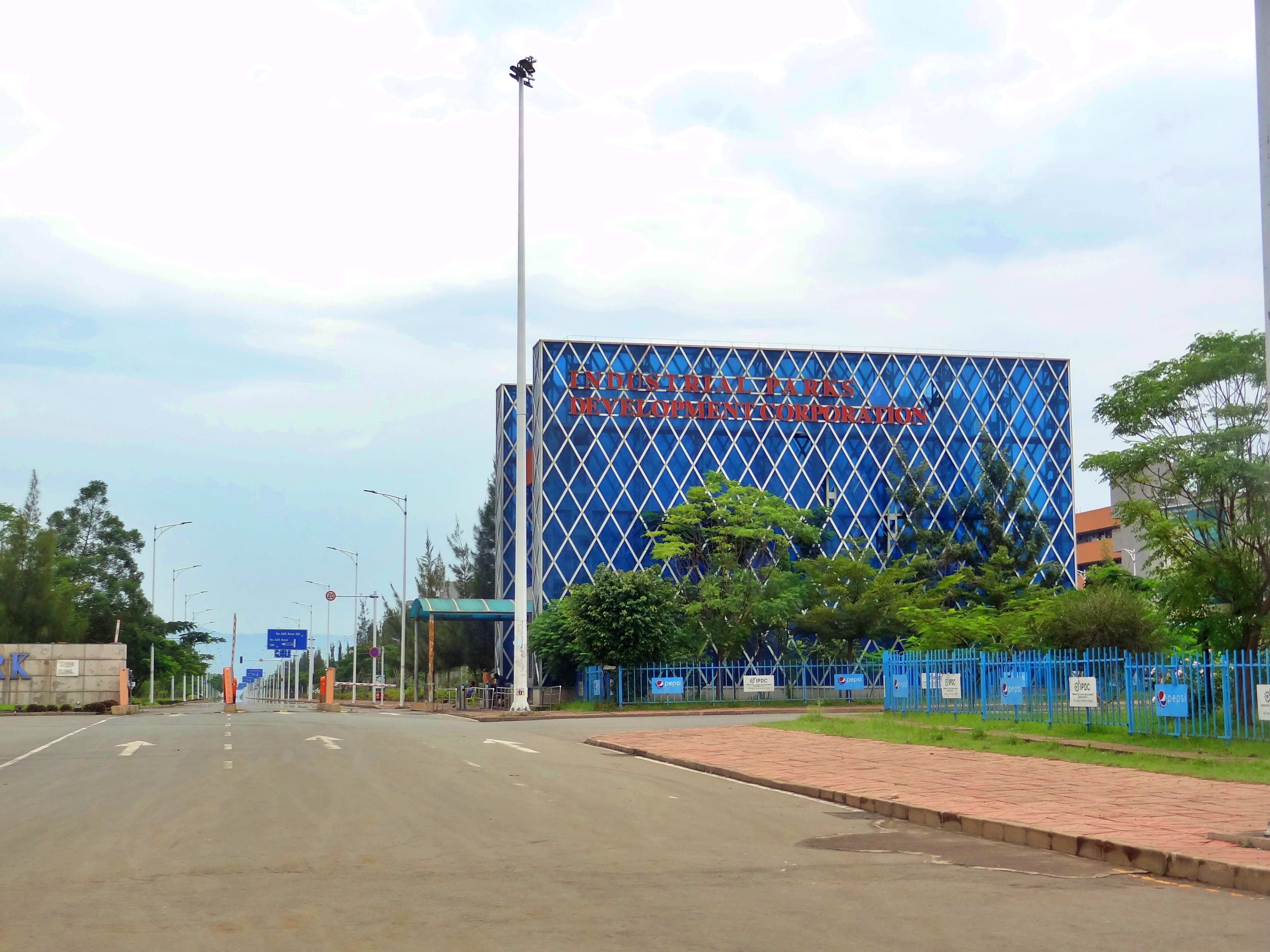NEPAL part 2. From Survival to Displacement: Migration in Nepal’s Bajhang District
In May 2025, a group of ZEF researchers paid a visit to Nepal within the framework of the Bonn Global Cooperation Fund (BGCF) project, funded by the Federal Ministry of Research, Technology and Space (BMFTR) and the Ministry of Culture and Science (MKW) of North Rhine-Westphalia.
This blog post was written by Amit Kumar, junior researcher in ZEF’s research group on Cultural and Political Change and at the Right Livelihood College Campus Bonn.
In the feature photo on top of this blog: ZEF-researchers with research participants in Thakunna, uphill village in Bajhang District, Nepal
Migration in its local setting
In Nepal’s remote, mountainous Bajhang District, migration has long been viewed as a survival strategy. It is seen as temporary, cyclical, and driven by economic reasons. This tradition of seasonal movement, called basai sarai (which means “stay at a place of travel”), was once rooted in necessity. Young and old alike left their villages to earn a living, only to return home with savings and stories. However, in recent decades, the nature of migration has undergone a deep transformation. Now, it is not just about income or opportunity; it is about survival in the face of growing environmental insecurity, infrastructural deterioration, and the systemic exclusion of Dalit[i] communities. These indigenous communities have been marginalized in Nepalese society for centuries.

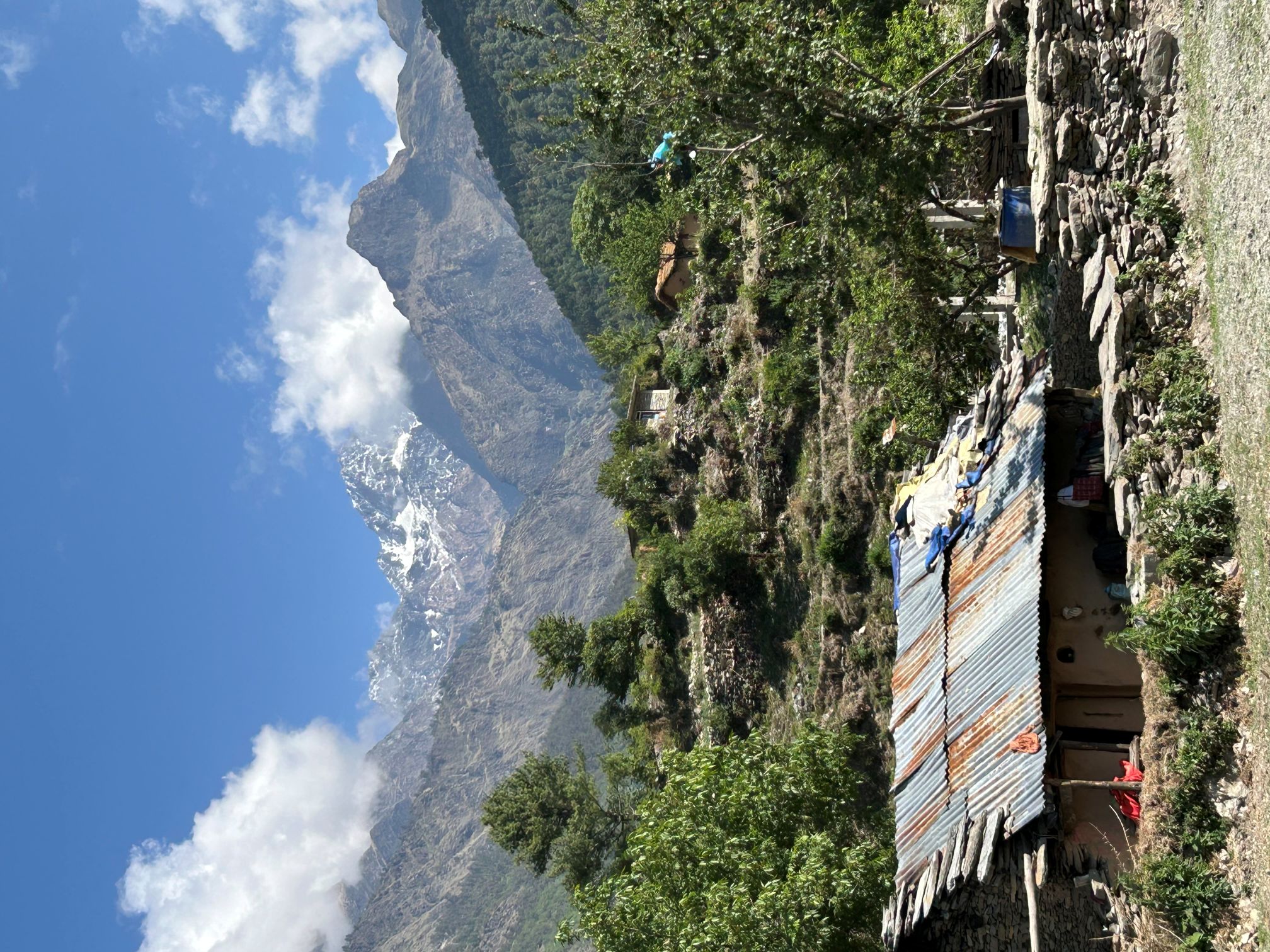
A landscape of absence
The villages of Bajhang, nestled high in the hills, present a stark demographic reality: they are mainly inhabited by elderly men and women and school-age children. Young people, especially those in their teens and early twenties, are conspicuously absent. They return only briefly during the Dashain festival in September and October.
Most households now rely on remittances sent by family members working in Indian cities and other places abroad. This shift in livelihood patterns has created a fragile balance between subsistence farming and income from migration. Pursuing higher education and basic social security, such as old-age care, is only possible through savings earned outside the village.
Pull and push factors of migration
Although economic aspirations remain a key driver of migration in Bajhang, environmental stress is becoming an increasingly important factor. In villages located on the hillsides, such as Naula, residents report experiencing repeated landslides, prolonged droughts, and erratic rainfall patterns, which are rendering agriculture—and life itself—unviable. One elderly resident warned, “In the next ten years, we will all have to migrate.”
Indeed, villages face a series of cascading ecological problems. Natural water springs, which were once the primary source of drinking and irrigation water, are drying up due to reduced snowfall. What used to be months of snow cover now lasts only a few days in winter. Without proper irrigation infrastructure or water-lifting systems, farming has become nearly impossible in these areas. In villages without motorized water systems, daily access to drinking water is scarce.

Apart from ecological problems, infrastructural deficits and their economic impact are devastating. The lack of paved roads in hilly areas makes transportation costs to reach local markets in Chainpur or Dhangadhi prohibitively high. Consequently, big buyers prefer to purchase agricultural goods from regions across the border in India that are easier to access.
“Markets in the Terai [the lowlands] and Kathmandu [the capital city of Nepal] will buy from India before they buy from places like Bajhang.”
A farmer in Bajhang
Additionally, the growing influence of digital platforms like Instagram and TikTok on teens is significant in shaping their preference for an urban lifestyle. This includes listening to rap music, dancing to hip-hop, and eating food such as noodles and chips. One elderly man commented: “The young generation will not return from city life to rural villages.”
“A porter’s rope is my license”
For most male migrants in Indian cities, life is marked by hard labor and a lack of social security. They usually work as porters, construction laborers, or security guards, often juggling multiple jobs to make ends meet. Without formal paperwork or work permits, they rely on community networks to find employment. As one man from Pimi put it, “A porter’s rope is a license in India.” Their tools and appearance—ropes around their shoulders and dust-covered clothes—serve as proof of their identity in a world where documents come at a high cost.
These men typically return home for short periods of time during festivals, while their families remain in India. In households where women have also migrated, the return cycle is even longer—once every few years. Interestingly, many female migrants to Indian cities now earn more than men by working as domestic servants in multiple households, while men are often confined to single-shift jobs.

In the photo: Researchers conducting a focused group discussion with a local women’s group
The gender shift in village life
The large-scale migration of men has led to the feminization of agriculture and public life in Bajhang [see also Anindita Sarkar’s blog post, “Hidden in Plain Sight,” for more info on this topic]. Women now oversee farming, manage households, and advocate for local development initiatives. Traditional labor-sharing systems, such as parma, in which women help each other during the sowing and harvesting seasons, have seen a revival.
In the village of Rupatola, a group of women recently blocked a road to demand electric supply and offered shramdaan, or voluntary labor, to install electric poles. These actions reflect a significant shift in gender dynamics where women are active participants in shaping the village’s future, not merely passive caretakers.
Dalit women are also becoming more visible in agriculture and community engagement. In Thakunna, two Dalit women walked long distances to attend our focus group discussion after learning that we were visiting researchers. Despite being excluded from prior notifications, they asserted their right to be heard. Thus, the changing role of women in Bajhang’s villages is challenging traditional gender roles and shifting caste dynamics.
“We may live on the margins, but we should not be excluded from the record.”
A Dalit woman attending a focus group discussion
Returnees and the politics of belonging
Not everyone who leaves stays away. Some migrants return—not necessarily for comfort, but rather to assert their claim to land, homes, and identity. A young man from Rupatola who had returned from Bangalore opened a small shop to support his family. He negotiated with local authorities and private contractors for fair compensation for land acquisition due to road development. However, he admitted that the village economy was not strong enough to sustain the shop in the long term. He will have to migrate again to find new employment.
For Dalit families, the act of returning is even more significant. Many do not own land, yet they return to rebuild homes under new government housing programs. Despite their historical lack of land ownership and exclusion from caste-based resource allocation, they express a strong sense of belonging to the village. Dalits must defend their sense of belonging because the upper castes claim that their ancestors brought Dalit families to the village. Dalits reject the narrative of being outsiders and assert their equal right to belong in the village.
“We have lived here for generations. Even if we migrate, we return. This is our place.“
A Dalit elder
Final thoughts
In Bajhang, migration has transformed from a voluntary pursuit of improved income-generating opportunities in urban areas into a complex response to environmental degradation, caste-based discrimination, and the state’s failure to provide essential infrastructure and services. Without immediate measures to address water shortages, social disparities, and a lack of economic opportunities, these Himalayan villages may soon be abandoned, leaving behind empty shells of communities that were forced to flee for survival.
The photo below was taken after an interview with the Elected Ward Chairperson and government officials at the Rupatola Local Government Ward Office in Bajhang. Second from left: Amit Kumar
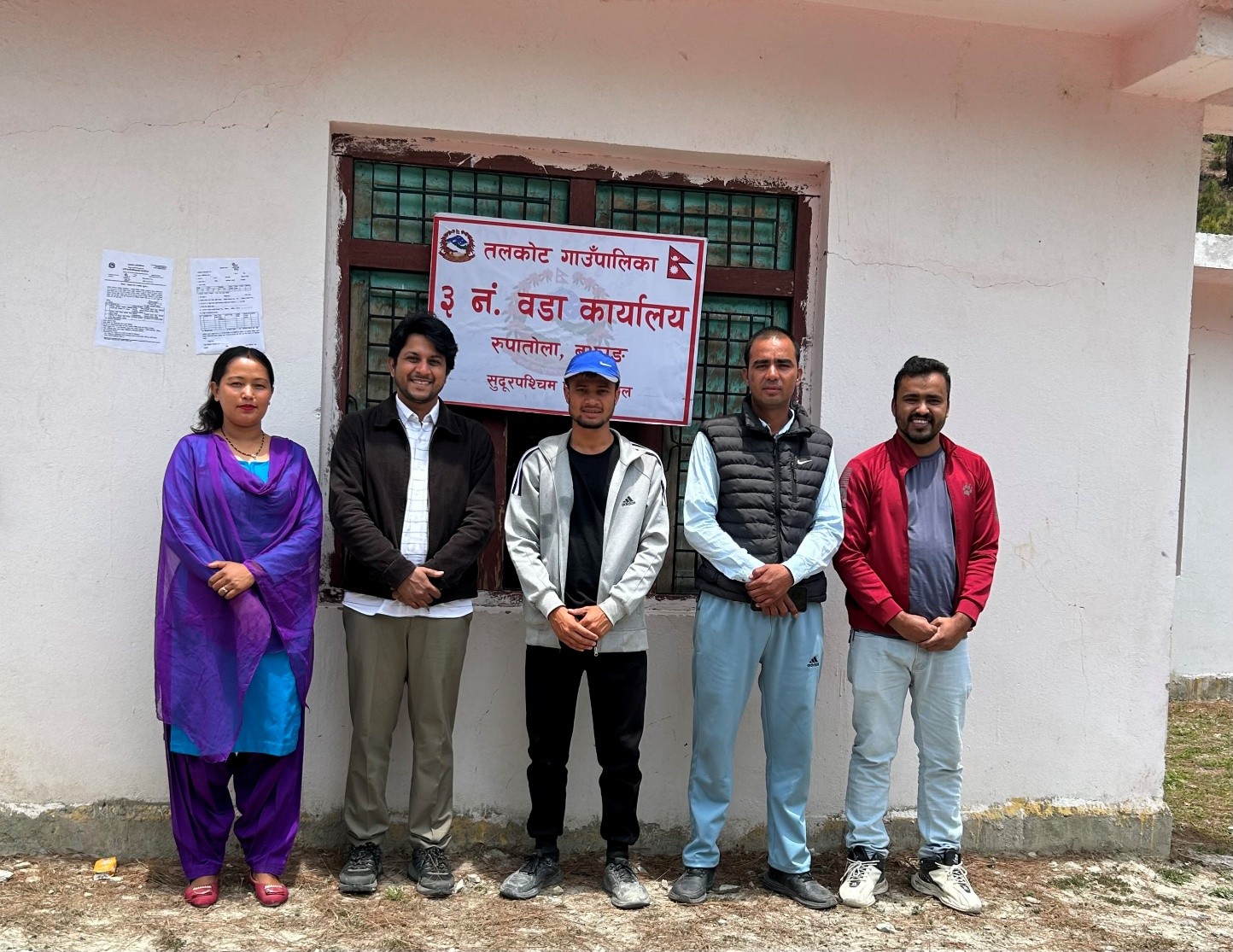
[i] Brief info on Dalits in Nepal
Nepal has around 30 million inhabitants (World Bank, 2023). More than 80 percent of them are Hindu, while the remaining 19 percent consists of Buddhists (9 percent), Muslims (4 percent), Christians (1 percent), and other minorities. (Source: iClrs.org). Nepali society is still dominated by the caste system rooted in Hinduism. Dalits, who make up around 13.8% of the population, belong to the lowest caste and are divided into more than 20 subgroups. They have faced oppression, discrimination, and marginalization at the hands of higher castes for centuries (amnesty.org, May 10, 2024).
Author
This blog post was written by Amit Kumar, ZEF junior researcher in ZEF’s research group on Cultural and Political Change
Credits
Photos by author or members of the ZEF research group

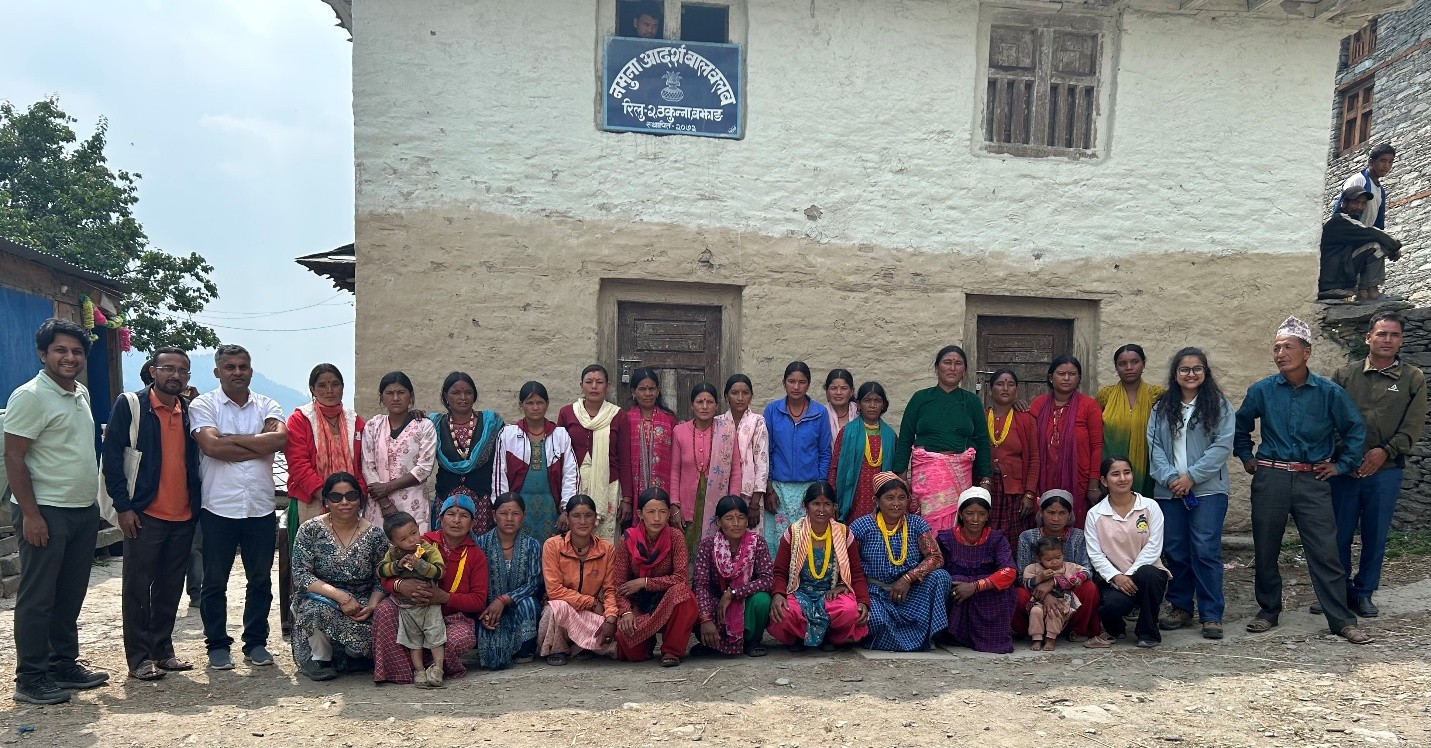
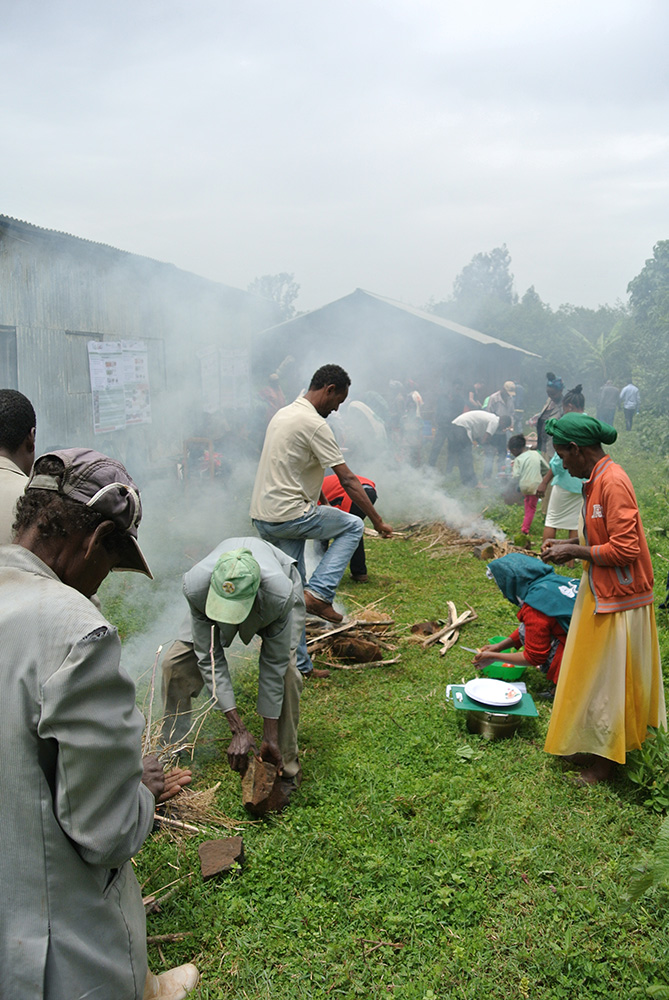
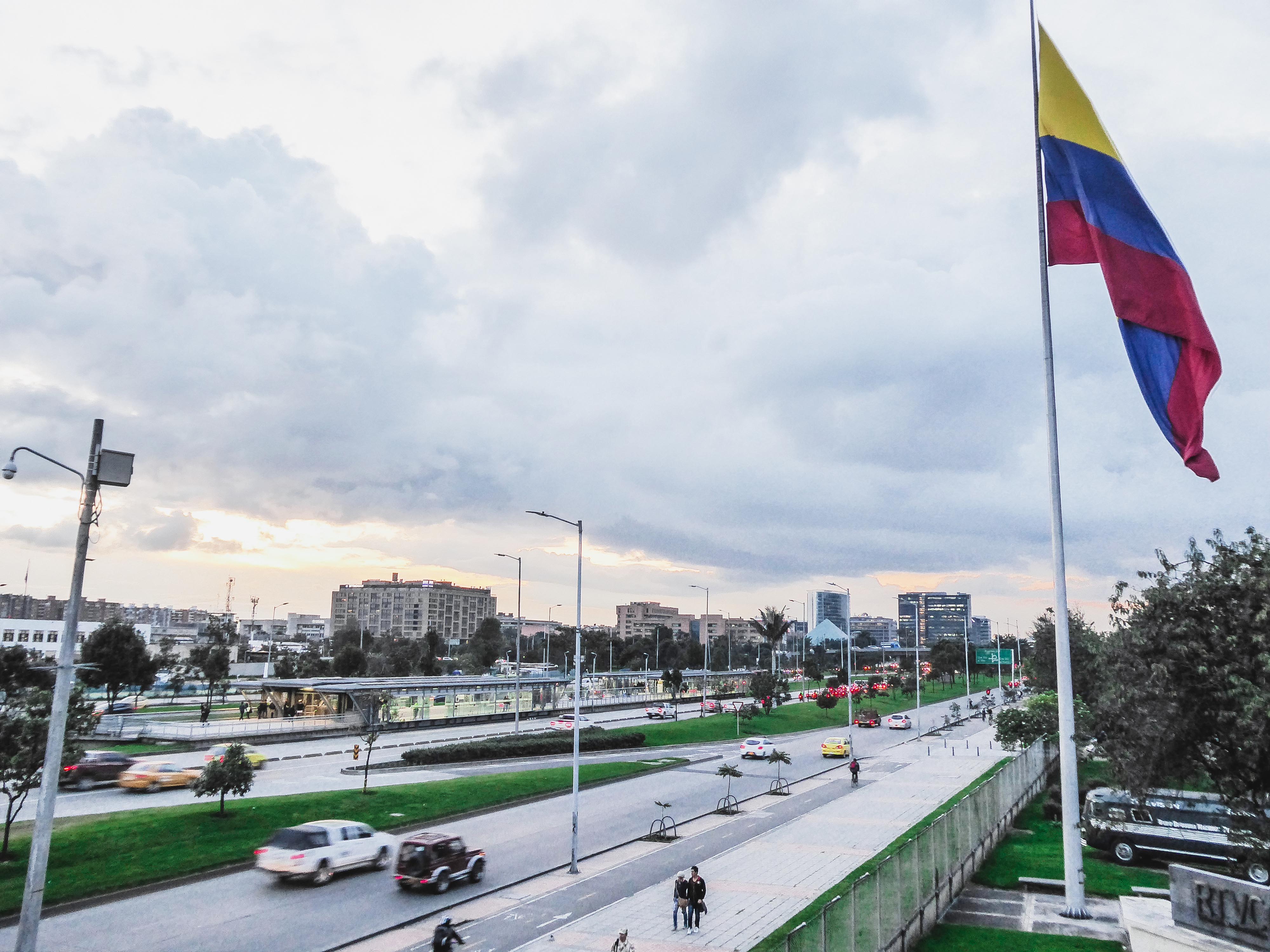


 Since 2010,I have visited Berlin at least once a year, and every time I return I spend a wonderful time that lets Berlin invites me for an even more interesting event. I arrived in Berlin early…
Since 2010,I have visited Berlin at least once a year, and every time I return I spend a wonderful time that lets Berlin invites me for an even more interesting event. I arrived in Berlin early…